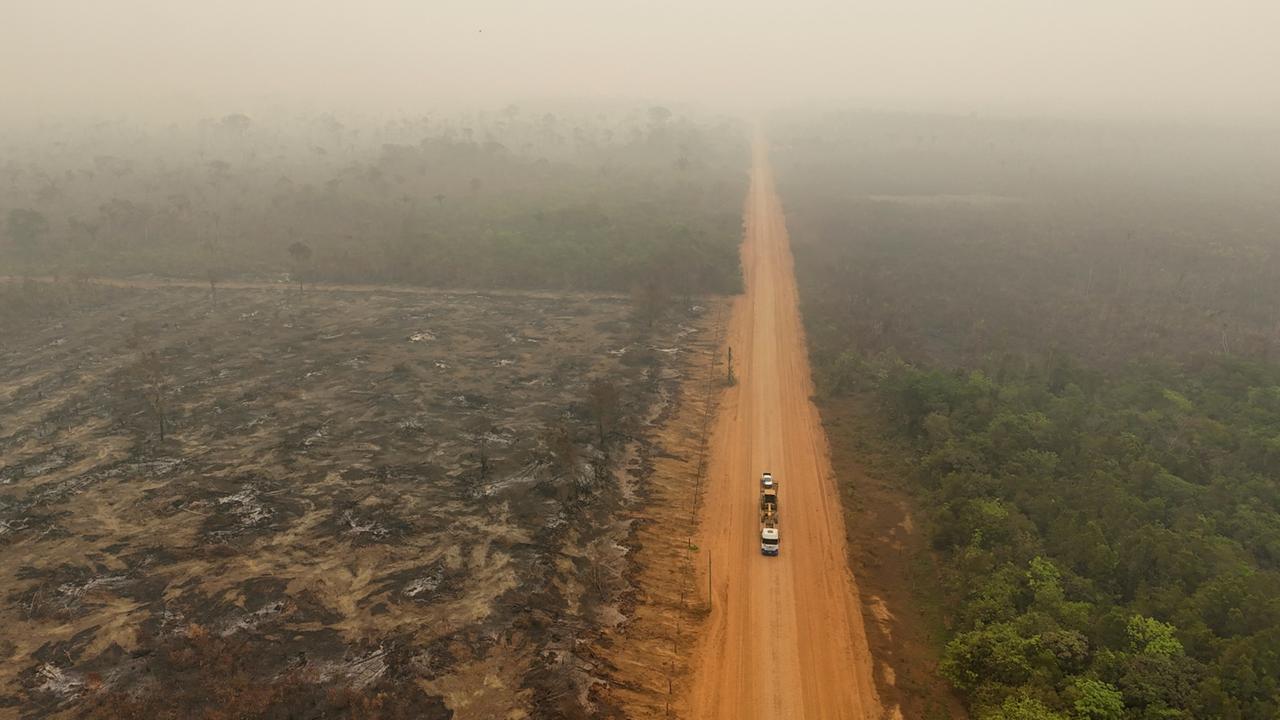They are fighting against mining projects, deforestation and overfishing: last year, almost 200 environmental activists were killed because of this, according to an NGO report. The most dangerous region: Latin America.
According to the non-governmental organization Global Witness, at least 196 environmental activists were killed worldwide last year. The most dangerous country for environmental activists was Colombia (79 cases), followed by Brazil (25), Mexico (18) and Honduras (18), as the group announced when presenting its annual report. 85 percent of all murders were registered in Latin America.
Many crimes remain unpunished
This brings the number of environmental defenders killed since systematic monitoring began in 2012 to 2,106. “As the climate crisis accelerates, those who raise their voices to courageously defend our planet are faced with violence, intimidation and murder,” says the report's author, Laura Furones. “Our data shows that the number of murders remains alarmingly high, a situation that is simply unacceptable.”
Most crimes go unpunished. “Governments cannot stand idly by. They must take decisive action to protect activists and combat the causes of violence against them,” Furones demands. “Activists are indispensable when it comes to preventing and repairing the damage caused by climate-damaging industries.”
Opponents of mining projects particularly at risk
According to Global Witness, it is difficult to prove a direct link between the murder of activists and specific economic interests. However, most of the environmental activists killed were opposing mining projects, followed by fishing, forestry and agriculture, road construction and hydroelectric power plants. “If the companies carrying out these projects do not take responsibility, the problem cannot be solved,” says Alejandra Gonza, a human rights lawyer working in Mexico.
Last year, for example, two activists who were campaigning against the mining of iron ore by the Argentine mining company Ternium in the state of Michoacán were kidnapped there. The two men are still missing today – their fate is unclear.
Colombia most dangerous country
By far the most dangerous country for conservationists, however, is Colombia. 79 activists were killed there last year – more than ever before in a single year in a single country. “Many armed groups profit from the exploitation of natural resources,” explains Astrid Torres from the organization Somos Defensores.
After decades of armed conflict, numerous criminal gangs are active in the South American country. “There are still strong links between state security forces and paramilitary groups,” says Torres. This means that many violent crimes are not consistently prosecuted.
Indigenous people in the crosshairs
Indigenous people are significantly overrepresented in violence against environmental activists. Last year they accounted for 49 percent of murder victims, although they only make up five percent of the world's population. “Environmentalists, defenders of land rights and indigenous people are often seen as opponents of progress,” says Bertha Cáceres.
Her mother campaigned for the rights of the indigenous Lenca people in Honduras and was shot dead in her home in 2016. “We have to change the perception: progress must not mean the exploitation of natural resources, but the protection of our livelihoods.”
Governments, but also companies, have a duty
Global Witness called on the governments of the affected countries to ensure the safety of environmental activists, to consistently document attacks on activists and to provide victims with access to justice. “Violence against conservationists will continue as long as it goes unpunished,” the annual report states. For their part, companies must ensure that no human rights violations occur on the fringes of their supply chains.




